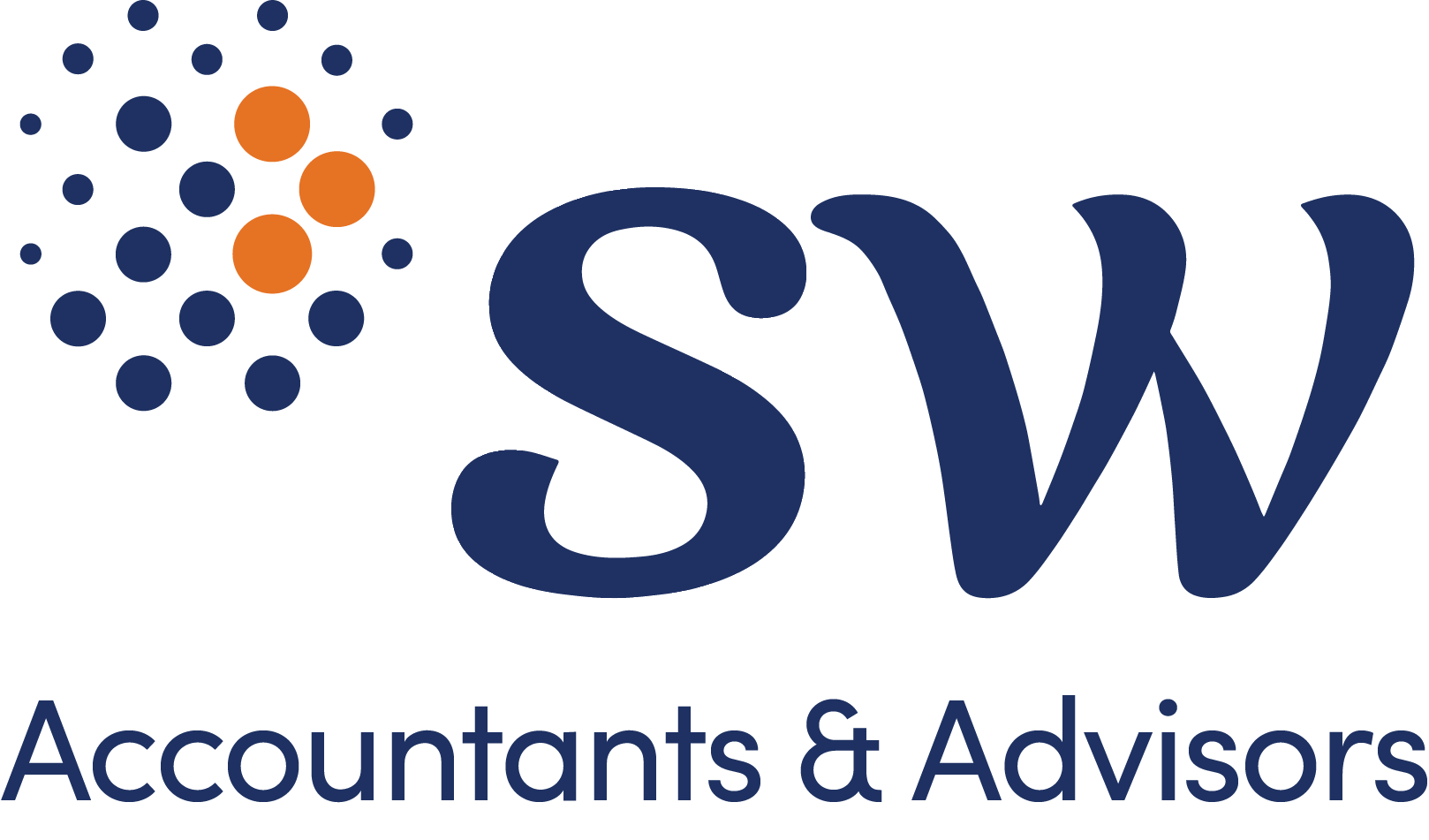
Major international tax reform with OECD Two-Pillar approach
10/05/2023
With increased globalisation and digitalisation creating growing concern about tax avoidance by multinationals, the OECD Two-Pillar approach aims to address international corporate tax challenges.
In the 2023-24 Budget, the Government announced the implementation of a 15 per cent global minimum tax and domestic minimum tax, key aspects of Pillar Two of the OECD/G20 Two-Pillar Solution to address the tax challenges arising from the digitalisation of the economy.
The Two-Pillar Solution will ensure that multinational enterprises (MNEs) will be subject to a minimum effective tax rate of 15%, and will re-allocate profit of the largest and most profitable MNEs to countries worldwide. Under the OECD, 136 countries and jurisdictions have agreed to implement the new framework and proposed reforms.
After years of joint development, members of the G20/Organization for Economic Co-operation and Development (OECD) Inclusive Framework (IF) on Base Erosion and Profit Shifting (BEPS) (the Inclusive Framework) agreed on the Two-Pillar Solution to address the Tax challenges arising from the Digitalization of the Economy. Two detailed blueprints were published in October 2022 on the tax reforms for addressing the Nexus and profit allocation challenges (Pillar One) and for Global Minimum Tax (GMT) rules (Pillar Two).
Who is affected?
Pillar One: will impact multinationals with revenues that exceed EUR 20b (~AUD 30b) per annum and have profit margins in ‘excess’ of 10%.
- Exclusions apply for extractives and regulated financial services
- Treasury currently estimates that no Australian headquartered multinationals would be impacted. However Australian subsidiaries of foreign headquartered multinational groups may need to take into account any profits allocated to them in Australia.
Pillar Two: will have a far wider impact and applies to multinational groups with a global revenue of EUR 750m (~AUD 1.2b) per annum.
- The OECD Framework excludes Government entities, international organisations (e.g. World Trade Organisation), non-profit organisations, pension funds or investment funds that are ultimate parent entities of an MNE Group or any holding vehicles used by such entities, organisations or funds from the scope of Pillar Two
- The OECD Framework includes de-minimis exemptions based on the revenue and profits within particular jurisdictions
- Further breakdown on each pillar can be found below.
When does it come into effect?
There is currently no draft legislation and no specified start date. However, it is expected that:
- Pillar One: the start date is to be announced.
- Pillar Two:
- The Income Inclusion Rule which will apply for income years starting on or after 1 January 2024. This rule will apply to Australian multinationals and Australian entities which are subsidiaries of a foreign-headquartered multinational located in a jurisdiction that has not implemented this rule.
- The Undertaxed Profits Rule which will apply for income years starting on or after 1 January 2025. Where no Income Inclusion Rule applies, the Undertaxed Profits Rule will apply to foreign multinationals that operate in Australia
How can SW help?
SW can help your business prepare for the international corporate tax reform, by assisting with the following:
- Review of current corporate structure to determine if Pillar One and/or Pillar Two will apply
- Implement systems to assist with compliance with the new rules.
- Formulate tax procedures and control framework to comply with the new rules.
If either, or both, Pillar One and Pillar Two are found to apply, we can provide the following services:
- Review bilateral tax treaties to determine if the STTR applies
- Model the impact of the rules
- Review transfer pricing agreements to determine risks and advise on changes to mitigate risks
- Determine where any remaining risks areas are and propose actions items to mitigate risks
- Lodge Global Anti-Base Erosion (GloBE) returns with the ATO. This lodgement is likely to be required regardless of whether a top-up tax liability exists.
SW held a seminar to discuss the operation of the rules in greater details. you can access the webinar video here.
Key elements of the Two-Pillar Solution
Pillar One
– Taxing rights over 25% of the residual profit of the largest and most profitable MNEs would be re-allocated to the jurisdictions where the customers and users of those MNEs are located
– Tax certainty through mandatory and binding dispute resolution, with an elective regime to accommodate certain low-capacity countries
– Removal and standstill of Digital Services Taxes and other relevant, similar measures
Pillar Two
– GloBE rules provide a global minimum tax of 15% on all MNEs with annual revenue over 750m euros
– Requirement for all jurisdictions that apply a nominal corporate income tax rate below 9% to interest, royalties and defined set of other payments to implement “Subject to Tax Rule” into their bilateral treaties with developing Inclusive Framework members when requested to, so that their tax treaties cannot be abused.
– Carve-out to accommodate tax incentives for substantial business activities
Pillar One
Under Pillar One, MNEs will need to determine whether their profit margin (profit before tax ÷ revenue) exceeds 10%. The excess being referred to as “residual profits”.
A quarter of the residual profits would be redistributed to the countries where the products or services are consumed, to be taxed in those jurisdictions. The allocation of the residual profits to source jurisdictions will broadly be based on the revenue sourced from those jurisdictions. There will be some de-minimis exclusions.
What are the key implications for affected taxpayers?
- Systems and processes should be implemented to meet this compliance requirement
- Subsidiaries based in Australia may need to consider any profits allocated to Australia before finalisation of their income tax returns
- Global transfer pricing policies will need to be reviewed in light of the new rules
- The tax impact should be modelled.
Pillar Two
Pillar Two is also referred to as the Global Anti-Base Erosion or Global Minimum Tax rules.
Objectives of Pillar Two
The objective of Pillar Two is to set a minimum Effective Tax Rate (ETR) to reduce incentives for multinational to move profits to low tax jurisdictions.
Calculating the ETR
- The ETR is not the corporate tax rate in the country. It is similar to how the effective tax rate is calculated under the accounting rules but will not be the same as the calculation required under the Pillar Two rules.
- The ETR = Adjusted Covered Taxes ÷ Net GloBE Income. The minimum ETR is 15% and is calculated on a jurisdictional basis.
- The financial accounts and tax effect accounting balances will be used in the calculation of the ETR to better align the financial accounts with tax purposes. The net GloBE income will generally be the accounting profits used in the parent entity’s consolidated financial statements subject to certain adjustments (see below).
- In calculating the net GloBE income, there will be some adjustments for certain permanent differences such as removing dividends and equity gains. The OECD framework also includes an exclusion for international shipping income.
- In calculating the net covered taxes, only tax on profits are relevant. Indirect taxes are excluded. Further, there are rules for addressing temporary differences. Therefore, the tax effect accounting workpapers will be relevant in calculating the ETR.
- Tax losses brought forward can broadly be carried forward and applied in the calculations.
- There are also adjustments to Net Globe Income based on the level of employment costs and tangible assets in each jurisdiction. This would reduce the profits subject to the top-up tax.
- As the calculations are complicated, SW will hold seminars when the legislation is released to discuss the operation of the rules in greater detail.
- If subsidiaries in a jurisdiction have an effective tax rate of <15% (say 10%), then the parent entity jurisdiction can levy a “top-up” tax of the difference i.e. 5% (15%-10%) on the relevant profits in the jurisdiction. This is referred to as the Income Inclusion Rule (IIR). This tax is in addition to the tax paid by the parent company on its own profits.
- Where the top-up tax amount is not fully covered by the IIR, then the Undertaxed Payment Rule (UTPR) will operate as a stop gap measure. In general, the remaining top-up tax will be allocated to the all the jurisdictions (in which the MNE operates) which have implemented the GloBE rules.
- Before calculating the IIR and UTPR, the Subject To Tax Rule (STTR) must firstly be considered. The STTR prevents companies from avoiding tax on their profit earned in developing countries by making deductible payments such as interest or royalties that benefit from reduced withholding tax rates under tax treaties and which are not taxed (or taxed at a low rate) under the tax laws in the treaty partner. In this case, the payer’s jurisdiction can levy an additional top-up withholding tax so that the income amount is subject to a minimum tax (in both countries together) of 9%. This is lower than the minimum 15% tax on profits because the STTR tax is calculated based on the gross amount.
Operation of Pillar Two
Step 1. Subject to tax rule (STTR)
Objective: Ensure that developing countries have an equal opportunity to tax certain types of income.
Implementation:
- Participating members who are taxing certain items of income below 9% will be required to include the STTR into a bilateral tax treaty when requested by a developing treaty partner.
- When the STTRs are included in a bilateral tax treaty, the payer jurisdiction may additionally tax certain related party payments if the receipt is taxed at a rate of less than 9% in the payee’s jurisdiction.
- This taxing right will be capped at the difference between the STTR minimum tax rate and the tax rate on the payment.
Impact on Australian taxpayers
The STTR is expected to have limited application to Australian taxpayers given our corporate tax rate and withholding tax system. However, this will need to be monitored to confirm that affected payments have been subject to the minimum 9% tax.
Step 2. IIR and UTPR
Once the STTR has been considered, the next step is to consider the IIR and UTPR rules.
Objective: Ensure an effective minimum 15% effective rate is imposed on multinationals with a global revenue of EUR 750 million (~AUD 1.2 billion) per annum.
Implementation: These rules would be carried out through two interlocking rules. Together they would work to collect a top-up tax on profits in jurisdictions which are deemed to be ‘undertaxed’.
- Income inclusion rule (IIR) – is the primary charging mechanism which would allow the parent company jurisdiction to apply a top-up tax on resident multinational ‘parent’ companies, where the group’s income in another jurisdiction is being taxed below the global minimum rate of 15%. Note that there are special rules applying to overseas branches of the parent company which operate differently to the IIR.
- Undertaxed payments rule (UTPR) – where the parent company jurisdiction does not implement the IIR or the top-top up tax is not fully captured by the IIR, then the UTPR as the secondary charging mechanism would broadly allocate the remaining top-up tax to all the implementing jurisdictions in which the MNE operates.
- For example, if a multinational subsidiary in Australia had a foreign subsidiary paying less than the global minimum rate on its profits, and there was no foreign jurisdiction applying the IIR in relation to those profits, then Australia may be required to apply the UTPR to the Australian subsidiary in respect of the under-taxation in the foreign subsidiary’s jurisdiction.
How can affected taxpayers prepare?
- Systems and processes will need to be implemented to allow for an effective and efficient calculation of the effective tax rates and completion of the GloBE information return
- The impact on the MNE group should be modelled
- Review current transfer pricing agreements to determine how they would be impacted by Pillar One and Pillar Two.



